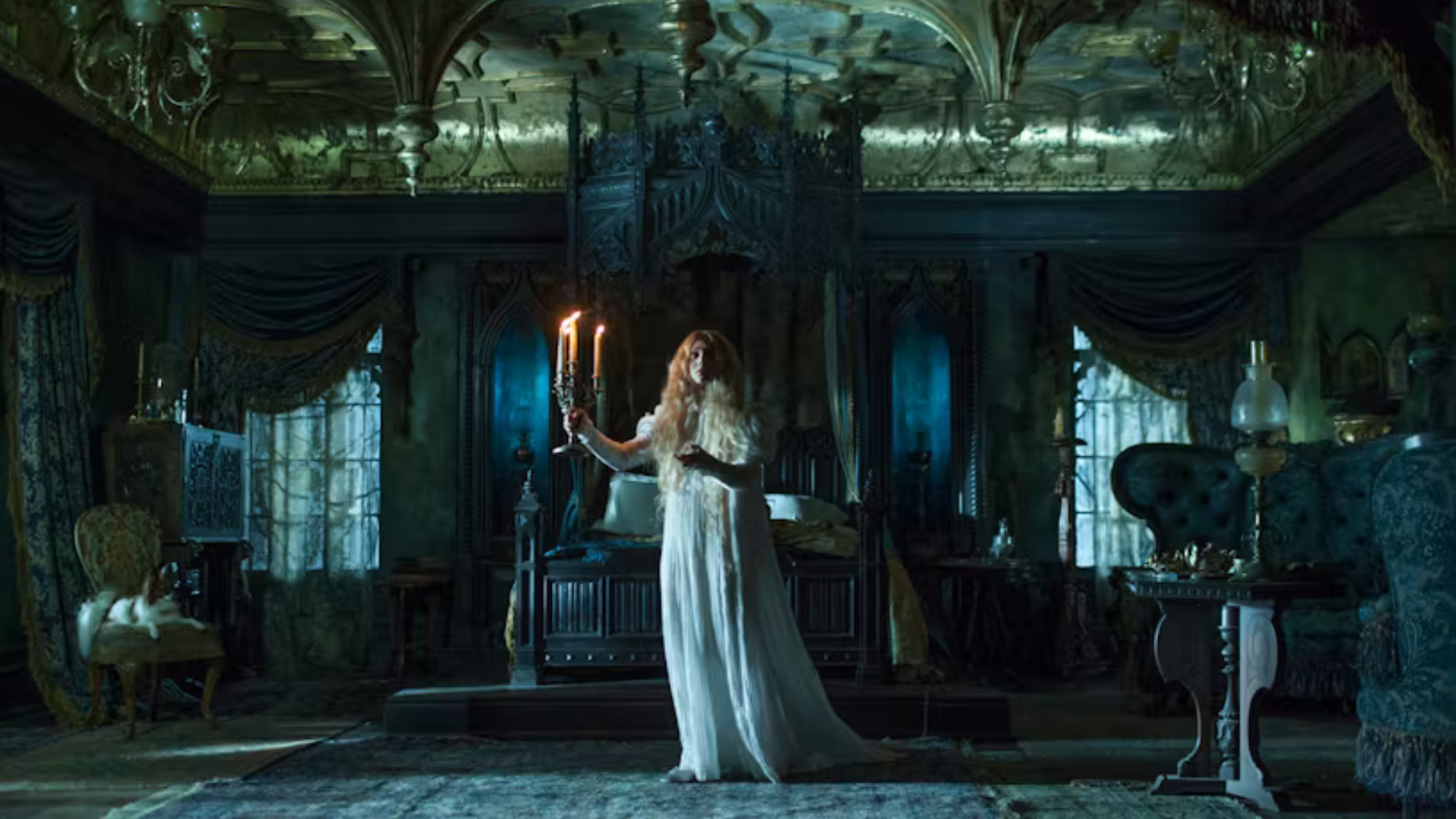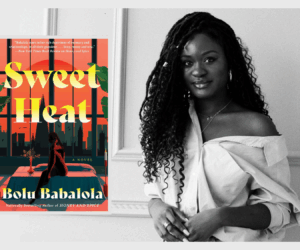
Horror is a genre known for its jump scares, eerie atmospheres, bone-chilling tension, and the undeniable thrill of watching something you know will give you nightmares.
At its core, a horror film is designed to provoke fear, whether through supernatural forces, psychological tension, grotesque imagery, or the simple dread of knowing something is waiting in the dark.
In a previous article, I broke down the difference between a thriller and a horror film because, let’s be honest, the two get swapped around more often than they should. But horror is much broader than just “scary films”.
Within the genre are several subgenres that shape the type of fear we feel. Today, we’re dissecting the main horror subgenres, from blood and gore to ghosts and giggles.
1. Body Horror
Body horror is exactly what it sounds like. It’s anything that involves disturbing transformations or the human body being pushed beyond its natural limits. It’s all about physical terror with scenes that have melting skin, uncontrollable mutations, or impossible biological changes. The fear comes from the idea that our own bodies can betray us.
Examples:
https://youtu.be/fj1SHpBsY7w?si=Zxva38HHE9-j8hKw
-
The Fly (1986): Jeff Goldblum literally morphing into a fly creature remains peak nightmare fuel.
-
Tusk (2014): A man being surgically turned into a walrus. Enough said.
-
The Thing (1982): Shape-shifting alien parasites and the most iconic creature effects ever.
READ ALSO: 2025 Is The Year of Horror: 7 Terrifying Horror Films You Need to See
2. Gothic Horror
Gothic horror is dramatic, moody, and almost romantic in the way it blends beauty with darkness. Expect old castles, family secrets, tragic love stories, and supernatural elements wrapped in haunting aesthetics. It’s less about jump scares and more about atmosphere.
Examples:
https://youtu.be/oquZifON8Eg?si=_HtTNd6_3qu1sItX
-
Crimson Peak (2015): Guillermo del Toro does Gothic better than anyone.
-
Dracula (1992): Opulent, eerie, and deeply sensual.
3. Supernatural Horror
If it involves ghosts, demons, witches, cursed objects, or anything unexplainable by science, it’s supernatural horror. This subgenre taps into the fear of the unknown and the feeling that something invisible might be watching you.
Examples:
https://youtu.be/ejMMn0t58Lc?si=Ermtwi0D2ls2RoWu
-
The Conjuring (2013): Paranormal investigators, haunted families, and classic jump scares.
-
Hereditary (2018): Witchcraft and generational curses that gradually unravel.
4. Slasher Horror
Slasher films give us masked killers, sharp weapons, and lots of running through the woods. The formula is simple: a villain (often human, sometimes supernatural) stalks and kills victims one by one. It’s gory, chaotic, and strangely fun.
Examples:
https://youtu.be/T5ke9IPTIJQ?si=7oz_B5fUjBFmAxSr
-
Halloween (1978): Michael Myers defined the modern slasher.
-
Scream (1996): A slasher that also pokes fun at slasher clichés.
5. Psychological Horror
This subgenre is less about what you see and more about what you feel. Psychological horror plays with paranoia, trauma, emotional instability, and mental distortion. It gets under your skin because the fear often feels scarily realistic.
Examples:
https://youtu.be/5jaI1XOB-bs?si=obOUDmqeoMtarWNH
-
Black Swan (2010): A dancer’s descent into obsession and identity breakdown.
-
The Babadook (2014): Grief personified in monster form.
7. Science Fiction Horror
Also known as sci-fi horror, this subgenre blends futuristic settings or technology with terrifying consequences. It uses elements like artificial intelligence, alien life forms, scientific experiments gone wrong, or humans venturing too far into the unknown.
Examples:
https://youtu.be/jQ5lPt9edzQ?si=zAW-93EUUdyPek4K
-
Alien (1979): “In space, no one can hear you scream” wasn’t a lie.
-
Event Horizon (1997): A spaceship that basically opens a portal to hell.
7. Found Footage Horror
Found footage films pretend that everything you’re seeing comes from “real” recovered recordings. This style makes you feel like you’re witnessing something you shouldn’t… something raw, shaky, and unsettling.
Examples:
https://youtu.be/girSv9UH_V8?si=5rYnFH9fVQxZ8Wj6
-
The Blair Witch Project (1999): The OG found-footage nightmare.
-
REC (2007): A reporter trapped inside an infected apartment building.
9. Comedy-Horror
Surprisingly, horror and humour work brilliantly together. Comedy horror uses scares with laughs, often poking fun at classic horror tropes while still delivering well-timed frights. It’s the horror subgenre for people who want to enjoy the genre without having to sleep with the lights on.
Examples:
https://youtu.be/LIfcaZ4pC-4?si=NyzDdXGAmEoPIBeN
-
Shaun of the Dead (2004): British banter meets zombie apocalypse.
-
Jennifer’s Body (2009): A cult favourite that combines teen drama with possession.
Horror isn’t only about making you scream; it’s a whole universe of fears, moods, and storytelling styles. If you’re the type who hides behind a pillow or the bold friend who insists on watching horror with the lights off, there’s a subgenre that speaks directly to your deepest anxieties.
From the slow, creeping dread of Gothic tales to the chaotic fun of comedy horror, each category brings its own flavour of fright. That’s what makes horror so enduring: it constantly reinvents how it scares us. With filmmakers constantly pushing boundaries, the world of horror keeps evolving, showing new ways to keep us terrified.







